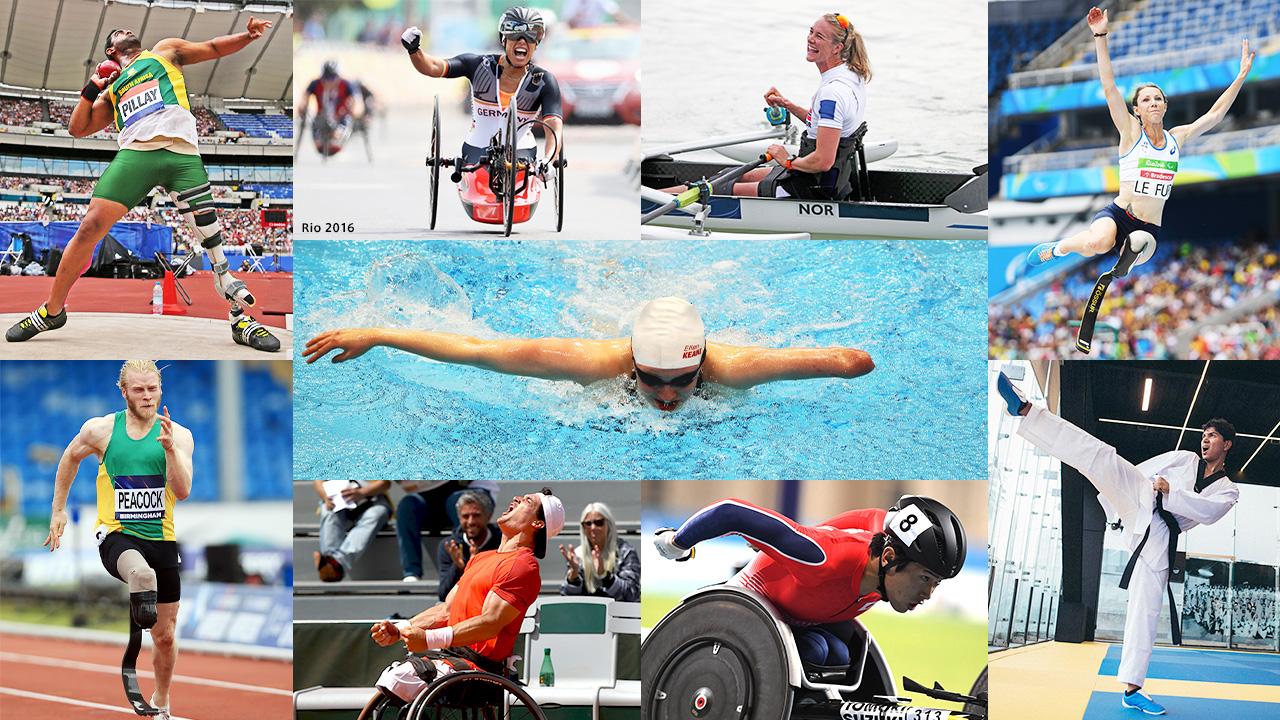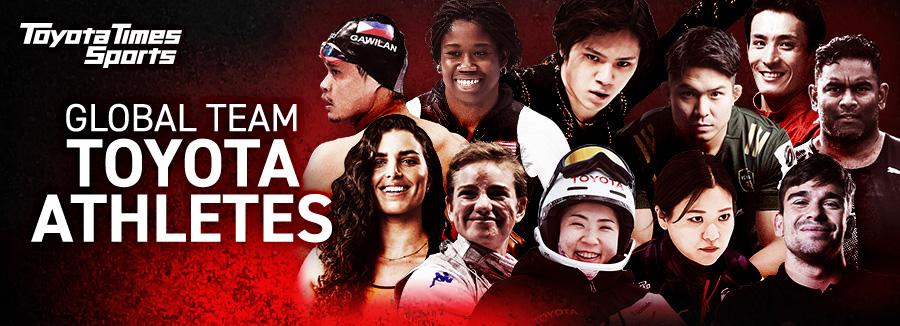
The Tokyo 2020 Paralympic Games are finally about to start. Here we introduce the rules and highlights for all of the 22 competitions that will be held, each with their own unique appeal.

At the Tokyo 2020 Paralympic Games, athletes who have undergone a rigid daily training regimen will challenge their limits, aiming to obtain the best results possible. There is a total of 22 competitions to be held, ranging from those whose rules are close to the ones for able-bodied persons, such as Para Athletics and Wheelchair Tennis, to those specific to the Paralympics, such as Boccia and Goalball.
Discover their unique appeal! An introduction to the Paralympic Sports
Archery
The sport is divided into three categories: “Recurve - Open”, which uses recurve bows, “Compound - Open”, which uses bows with mechanical pulleys at the top and bottom, and “W1”, limited to athletes with impairment in all four limbs. The various styles adapted to different types of disability are a highlight of this sport, as some athletes may need to draw the bow with their mouth or hold it with their feet. The key to achieving a high score lies in effectively using the bow as an extension of one’s body.
Athletics (Track)
The track events of Para Athletics include short, medium and long-distance races as well as relays, and are divided into several classes according to the type of impairment, such as for athletes with visual impairment or with impairment affecting the four limbs. Among the sport’s highlights we can cite the visual impairment classes, in some of which athletes may run alongside a guide runner; the limb impairment classes, in which prostheses may be used; and the wheelchair classes, which use special wheelchairs customized for competition, operated solely by the athlete’s arms and upper body strength.
Athletics (Field)
Athletics (Marathon)
The marathon is an extremely demanding sport. The guide runners who accompany athletes in visual impairment classes, or the special wheelchairs (called racer) designed for competition and used in wheelchair classes may as well be regarded as an extension of the athletes’ body. It’s essential for guide runners and athletes to work in tandem, coordinating form and pace, for example. For athletes using racing wheelchairs, the most important thing is to have the exceptional endurance required to reach the finish line using only the strength of their arms.
Badminton
Badminton is played in the Paralympics in singles and doubles events, with the former being divided into two wheelchair classes and four standing classes for a total of six classes, and the latter being divided into only one wheelchair and one standing class. In the wheelchair singles events, one of the highlights is the skillful manner in which athletes operate their wheelchair. In the standing classes, look out for the spectacular smash hits, which display the strength of the athletes’ upper body.
Boccia
Canoe Sprint
Cycling Track
In cycling track events there are four classes for both men and women, which are further divided according to impairment severity. Athletes with lower limb impairment race using hand cycles; those with cerebral palsy, who experience difficulty maintaining balance, use tricycles; and those with visual impairment compete on tandems with a second cycler. Track events are characterized by the incredible sense of speed, as athletes can even exceed speeds of 60 km/h.
Cycling Road
Equestrian
Football 5-a-side
Goalball
Judo
Powerlifting
Rowing
There are three different rowing events, each divided according to severity of impairment and type of boat. Athletes competing in the “PR1 single sculls” row the boat using only their arms and shoulders. In the “PR2 double sculls”, a pair of athletes of mixed gender row together using their torso, arms, and shoulders. In the “PR3 coxed four” events, two pairs of male and female athletes — who can also use their legs in addition to torso, arms, and shoulders — are joined by a coxswain to form a crew of five rowers.
Shooting
In shooting events, athletes compete for points using either “rifles” or “pistols” to shoot. Rifle events require athletes to shoot from a “standing”, “kneeling” or “prone” position, although those who use a wheelchair may shoot while sitting on it in any of the cases. Pistol events are divided into categories in which the athlete holds the gun with their own hands (SH1) and categories in which a stand is used (SH2). Look out for the athletes’ technique as well as for their supreme level of concentration.
Sitting Volleyball
Swimming
Table Tennis
Taekwondo
In the Tokyo 2020 Paralympic Games, taekwondo is being included for the first time as an official event. Men and women with upper limb impairment, or who are upper limb amputees, compete in three weight classes. Only kicks to the trunk count as valid attacks, while kicks to the head are not permitted. Athletes compete for points over three two-minute rounds, with points being awarded based on the types of technique used. Extremely potent kicks and defense techniques that brim with individuality are the highlights of this sport.
Triathlon
Wheelchair Basketball
Wheelchair Fencing
Wheelchair fencing is played by athletes with lower limb impairment. Fencers battle using only their upper body, while remaining sit in a wheelchair that is fixed into a frame of the “piste”. There are three disciplines: foil, épée and sabre — as well as team events for épée and sabre. The speed and technique in sword handling are the highlights of this sport. Due to the short distance between competitors, even a fleeting exchange can decide a match.
Wheelchair Rugby
Wheelchair rugby, played by two teams with four players of mixed gender, is characterized by the use of two types of wheelchairs: offensive and defensive. The hard clashes between players are a highlight of this extremely intense sport, as sometimes athletes may even fall down during a match. Points are awarded when the player in possession of the ball crosses the try line. Players are assigned point values according to their physical impairment, and teams must be formed observing a predefined maximum value.
Wheelchair Tennis
In addition to the “singles” and “doubles” events, wheelchair tennis also includes “quad singles” and “quad doubles” events for athletes with relatively severe impairments. Rules are identical to those of tennis for able-bodied athletes, except for the fact that up to two bounces are allowed when returning the ball. The large variety of shots and the graceful manner in which athletes operate the wheelchair while holding the racket in one hand are the highlights of this sport.
A unique opportunity to see the Paralympians up close
Sir Philip Craven, former International Paralympic Committee President and current outside director of Toyota, stresses that the Paralympic Games are what allows us to “see completely new aspects of life”. He also affirms that all persons, whether they be the president of a company or a volunteer, are bound to feel inspired when watching the Paralympians, who have started their impossible many times during their lives.
Photo by Getty Images, AFP/Getty Images

